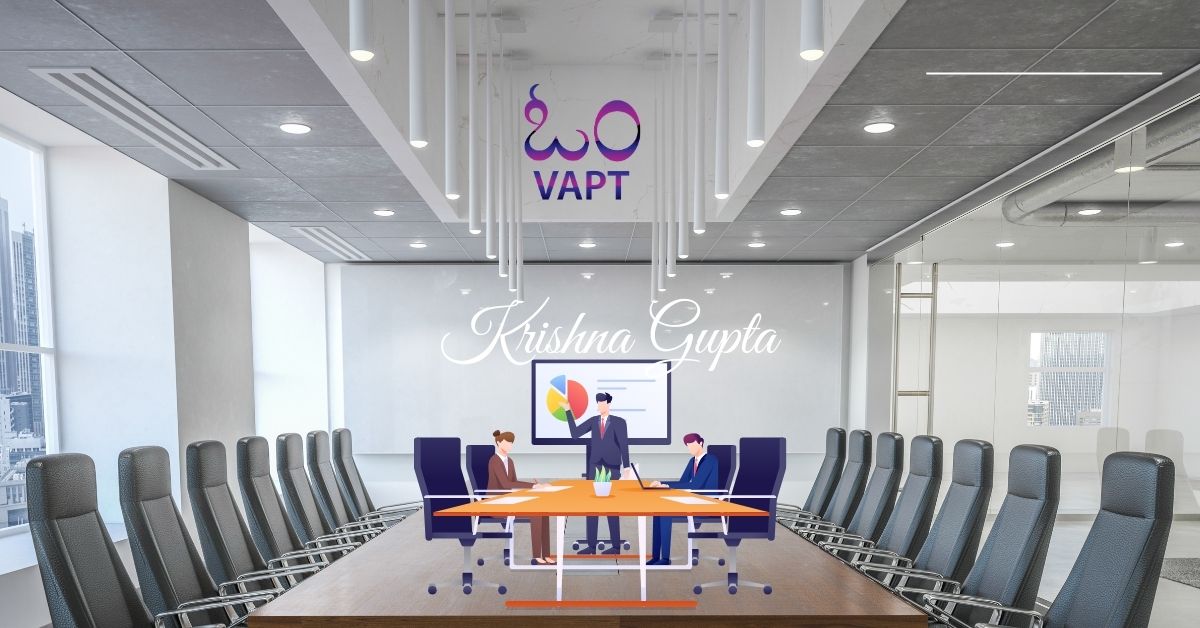New Tech Programming Languages of 2025: Strategic Insights for Software Developers and C-Suite Executives
New Tech Programming Languages of 2025: Strategic Insights for Software Developers and C-Suite Executives Introduction The software development landscape is evolving at an unprecedented pace, with 2025 witnessing the emergence of several innovative programming languages. These languages are not only reshaping how software is built but are also influencing critical business decisions, especially at the …




